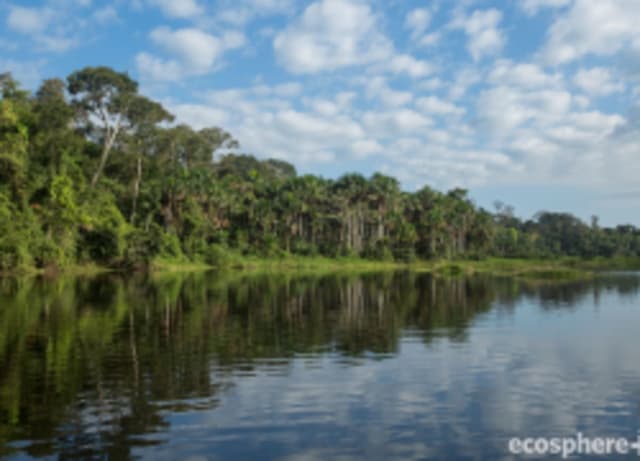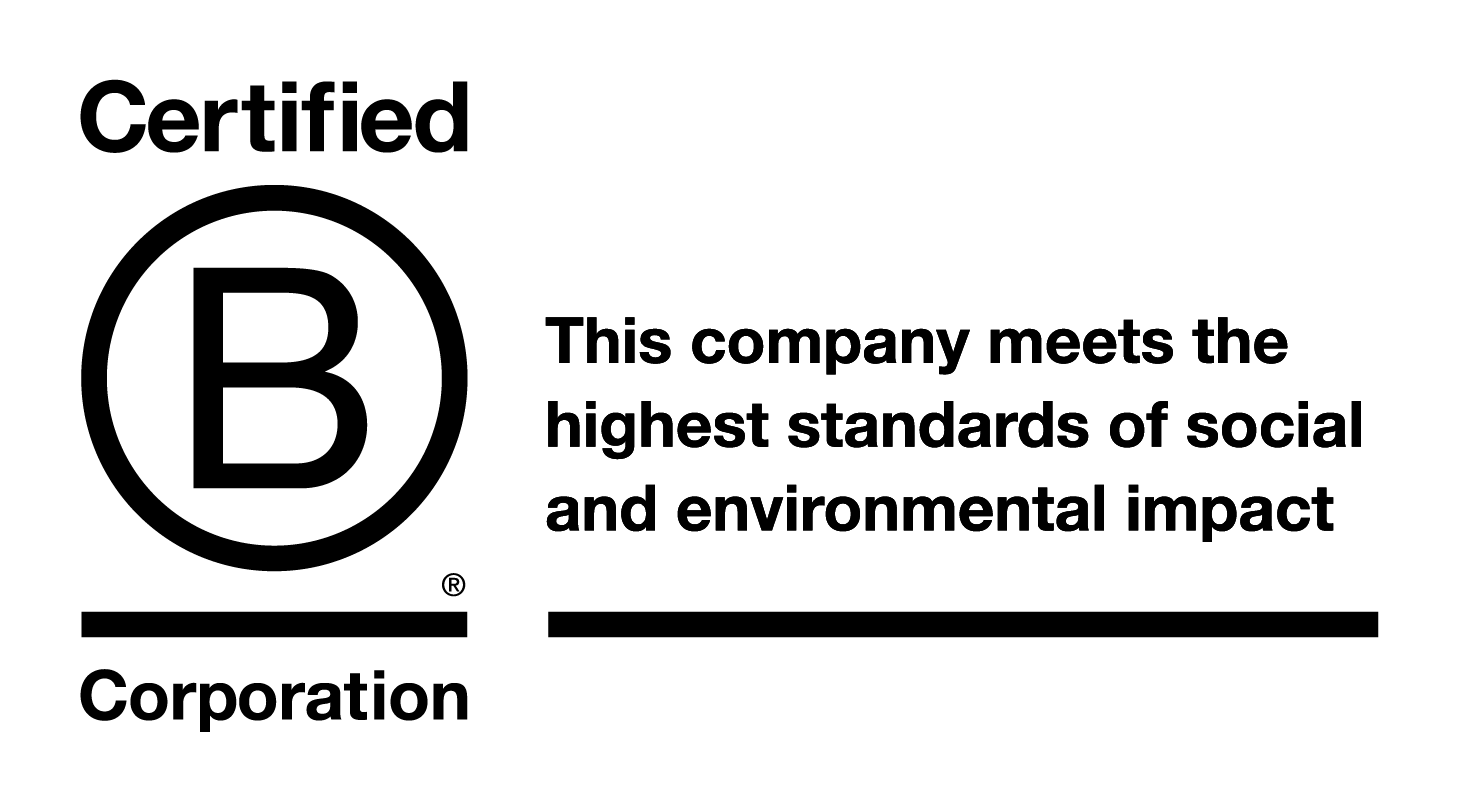Go the extra mile
Towards a cooler planet
Why protect the environment: Understanding legal frameworks and global efforts
5 February 2025
In today's world, understanding why we must protect the environment is more crucial than ever. This blog explores the evolving legal frameworks designed to safeguard our planet and highlights the global initiatives and obstacles we face in this essential endeavour.
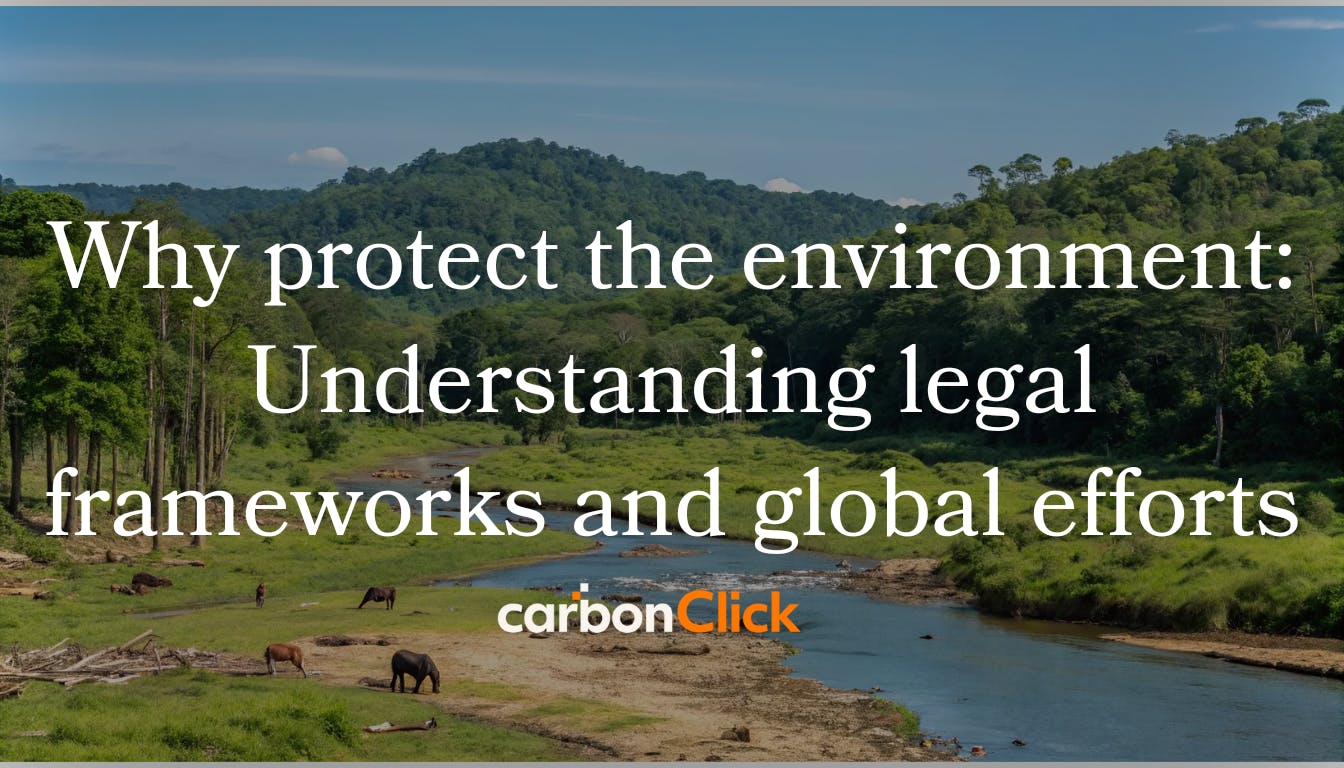
Introduction to environmental threats
Environmental threats are escalating at an alarming rate, driven primarily by human activity. From industrial pollution to deforestation, the impact of our actions is evident in the changing climate, loss of biodiversity, and degradation of ecosystems. Extreme weather events, such as hurricanes, floods, and droughts, are becoming more frequent and severe, raising urgent questions about our planet’s future.
Understanding why we must protect the environment is vital. The consequences of neglecting environmental health extend beyond nature; they affect our health, livelihoods, and security. As we face these challenges, it is essential to explore how legal frameworks can address and reduce environmental threats.
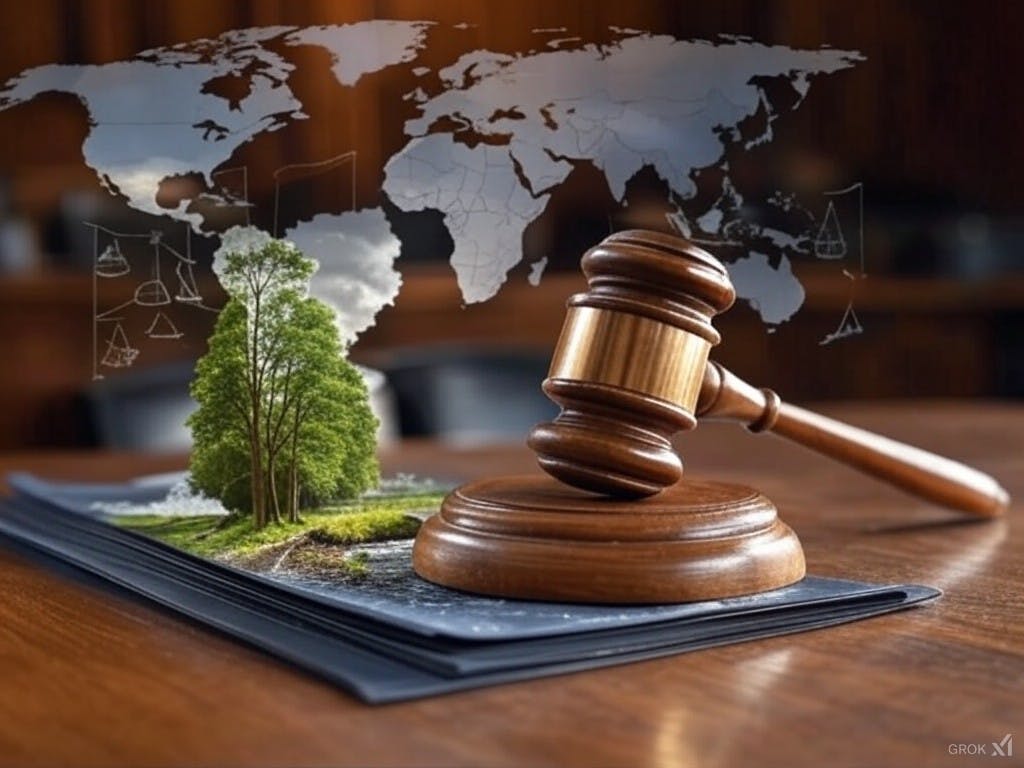
The role of law in environmental protection
The law serves as a critical tool in addressing environmental degradation. It establishes frameworks for accountability and provides mechanisms for enforcement. Laws can regulate harmful practices, promote sustainable development, and protect natural resources.
By defining rights and responsibilities, environmental law empowers individuals and communities to advocate for their environment. It encourages collective action, ensuring that everyone has a stake in preserving the planet. The law also plays a crucial role in facilitating international cooperation, as environmental issues often transcend national borders.
Types of environmental laws
Environmental laws can be broadly categorized into two types: hard laws and soft laws. Understanding the distinction between these categories is essential for grasping their implications for environmental protection.
- Hard laws: These are binding legal instruments that impose obligations on states. Violating hard laws can lead to legal consequences, including sanctions or penalties. Examples include regulations on air quality, water pollution, and hazardous waste management.
- Soft laws: These laws are not legally binding but represent political commitments or guidelines. While they may not carry the weight of hard laws, they can influence state behavior and promote best practices. Examples include international declarations and frameworks aimed at fostering cooperation.
In addition to these categories, environmental laws can also be specific or comprehensive. Specific laws target particular issues, such as endangered species protection or waste management, while comprehensive laws aim to address a broader range of environmental concerns.
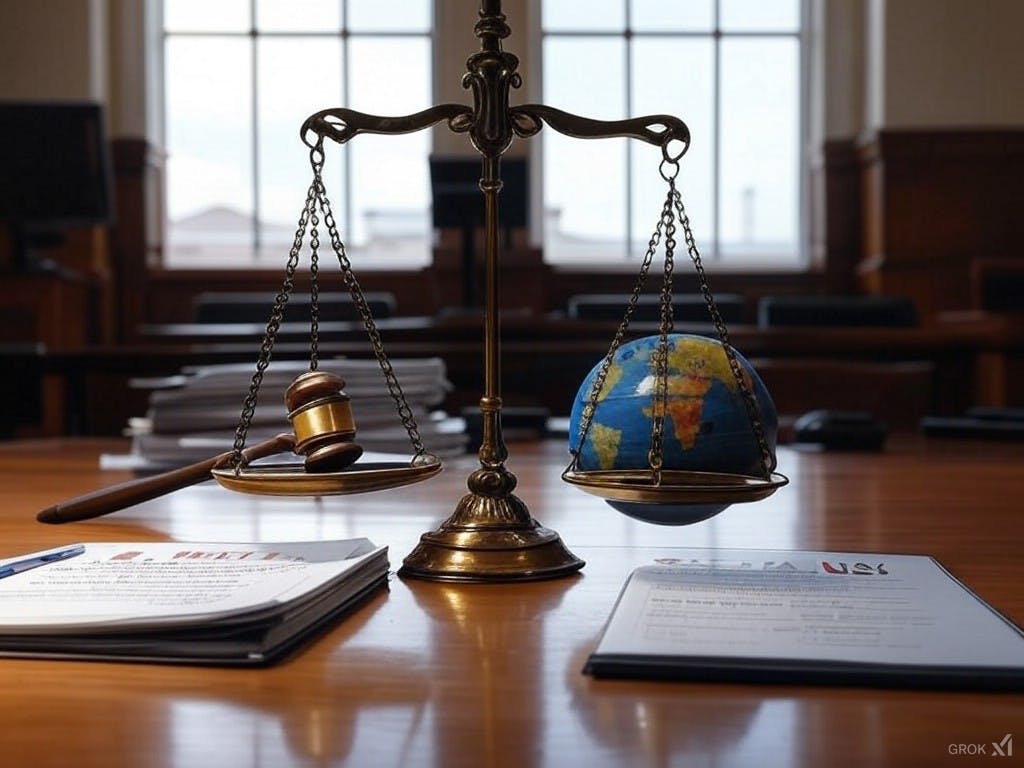
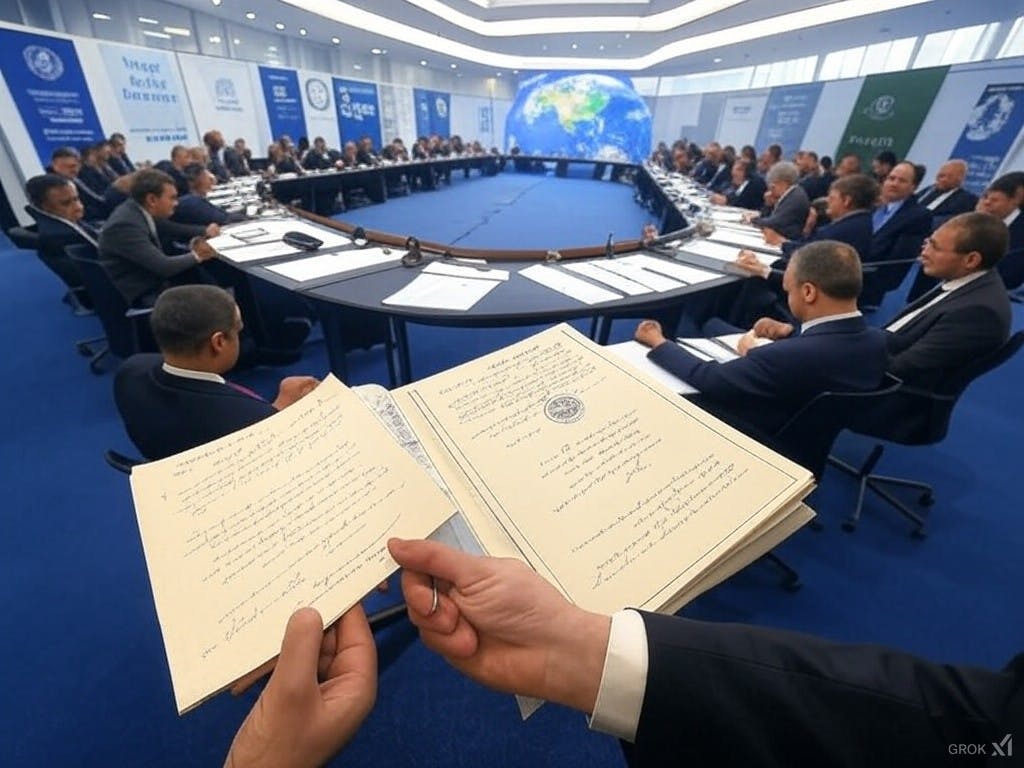
International environmental agreements
International environmental agreements play a pivotal role in coordinating global efforts to protect the environment. These treaties establish common goals, promote cooperation, and set binding commitments for participating countries.
- The Paris agreement: This landmark agreement aims to limit global warming to well below 2 degrees Celsius. It encourages countries to set their own targets for reducing greenhouse gas emissions, fostering a collaborative approach to climate action.
- Convention on biological diversity: This treaty focuses on conserving biological diversity, promoting sustainable use of its components, and ensuring fair sharing of benefits arising from genetic resources.
- United nations framework convention on climate change (UNFCCC): This framework provides the foundation for international climate negotiations and efforts to combat climate change.
These agreements reflect a growing recognition of the interconnectedness of environmental issues and the need for collective action. However, the effectiveness of these treaties often hinges on the political will of participating nations to implement and adhere to their commitments.
The universal declaration of human rights and the environment
The Universal Declaration of Human Rights (UDHR) establishes fundamental rights that are intrinsically linked to environmental health. While the declaration does not explicitly mention environmental rights, it emphasizes the right to life and security, which cannot be fully realized without a healthy environment.
Several articles within the UDHR highlight this connection:
- Article 3: Everyone has the right to life, liberty, and security of person.
- Article 25: Everyone has the right to a standard of living adequate for health and well-being, including food, clothing, housing, and medical care.
These rights underscore the importance of environmental protection as a prerequisite for the enjoyment of human rights. As environmental degradation threatens livelihoods and health, the legal recognition of the right to a healthy environment is increasingly seen as essential for safeguarding human rights.


Challenges in environmental law implementation
Despite the existence of numerous environmental laws and agreements, challenges persist in their implementation. Political commitment remains a significant barrier, as governments may lack the will or resources to enforce regulations effectively.
- Lack of political will: Many countries prioritize economic growth over environmental protection. This often results in inadequate enforcement of existing laws and a reluctance to adopt stricter regulations.
- Resource constraints: Developing countries may struggle to implement environmental laws due to limited financial and technical resources. This can hinder their ability to monitor compliance and enforce regulations.
- Public awareness and engagement: A lack of awareness about environmental rights and laws can impede efforts to hold governments accountable. Public engagement is crucial for fostering a culture of environmental stewardship and advocacy.
Addressing these challenges requires a multifaceted approach. Strengthening legal frameworks, enhancing public awareness, and fostering international cooperation are essential steps toward effective environmental protection.
Case study: The Mekong Delta
The Mekong Delta serves as a vivid example of the intersection between environmental law and human rights. This region, crucial for agriculture and livelihood, is experiencing severe impacts from climate change. Flooding, salinity intrusion, and changing weather patterns threaten the very existence of communities that depend on this fertile land.
In 2018, over 35,000 people were displaced daily due to flooding exacerbated by upstream dam constructions and climate change. These displacements raise critical questions about accountability and responsibility in environmental governance.
The international community must step in to create binding agreements that protect vulnerable populations. An effective legal framework can help ensure that upstream countries are held accountable for actions that result in environmental degradation downstream. This case highlights why it is essential to protect the environment, as the repercussions of neglect extend far beyond natural ecosystems to human lives and livelihoods.
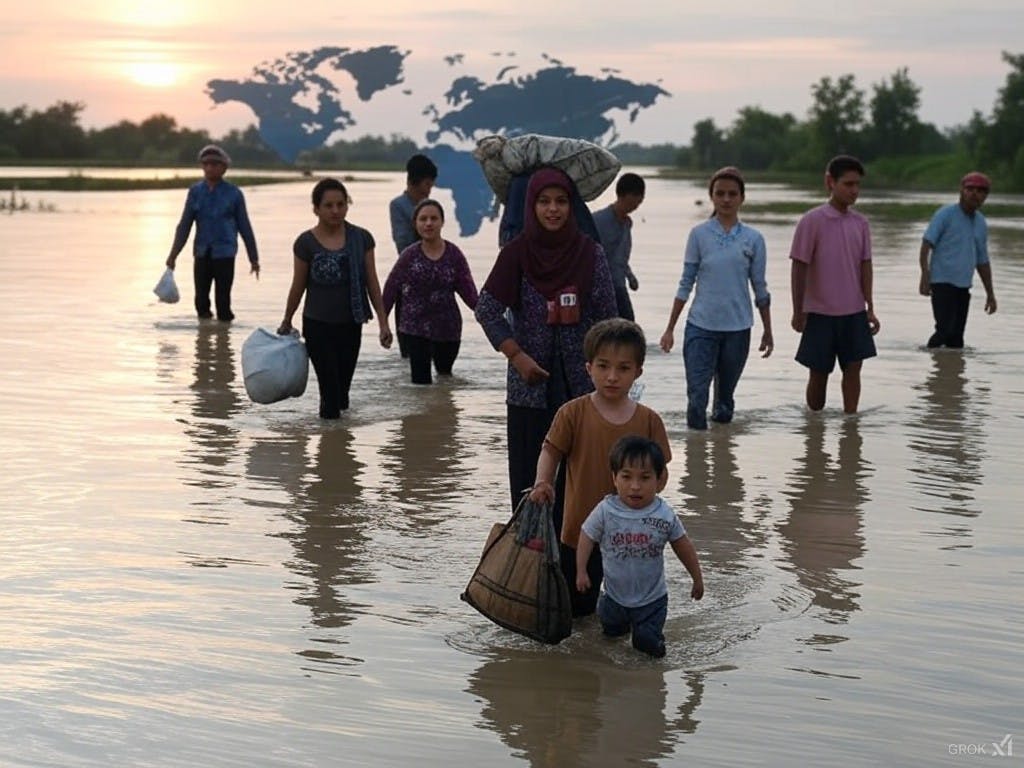
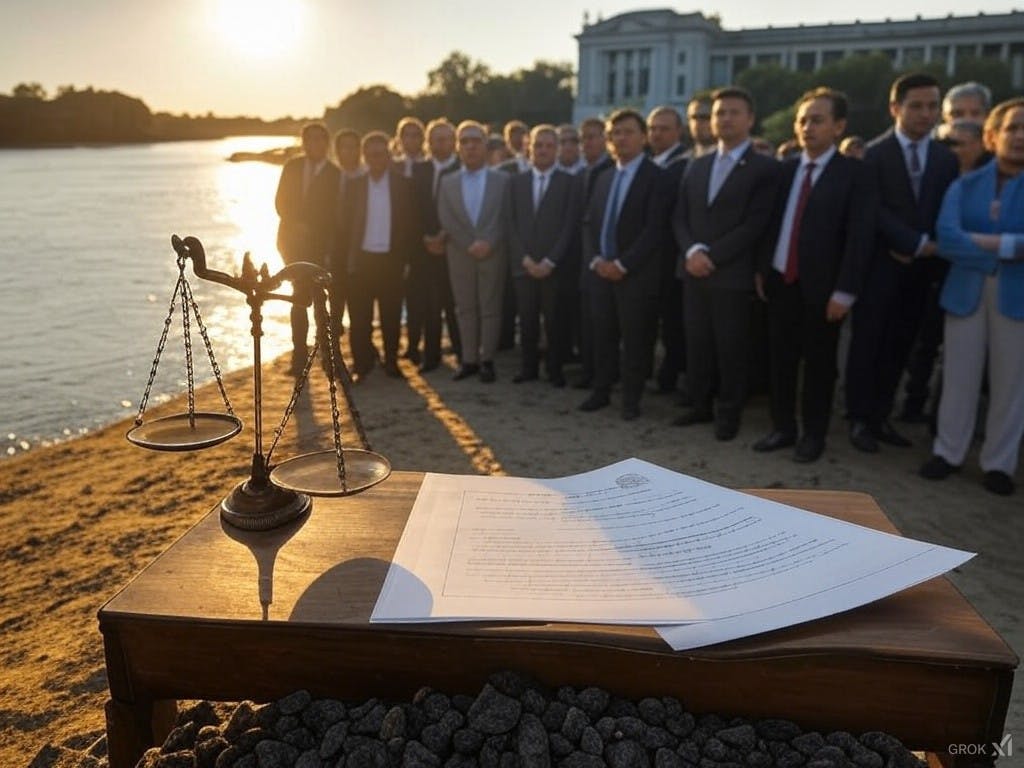
Legal personhood: The Ganges River
The Ganges River, revered by millions in India, presents a unique case in environmental law through its recognition as a legal person. In 2017, the Uttarakhand High Court declared the Ganges and its tributaries as living entities, granting them the same legal rights as a human being.
This landmark ruling aimed to combat pollution and ensure the river's protection. A board was appointed to represent the river's interests, highlighting the innovative approaches being explored in legal frameworks to protect nature. However, the ruling faced challenges, including jurisdictional issues as the river flows through multiple states.
Despite these obstacles, the Ganges case illustrates the potential for legal personhood to serve as a tool for environmental protection. It raises profound questions about our relationship with nature and the ways in which laws can adapt to safeguard the environment.
Legal recourse for environmental damage
Legal recourse for environmental damage is essential for holding polluters accountable and restoring damaged ecosystems. Various legal frameworks exist to address grievances, ranging from national laws to international treaties.
- Civil litigation: Individuals and communities can file lawsuits against corporations or governments responsible for environmental harm. These cases often seek compensation for damages and injunctions to prevent further harm.
- International treaties: Agreements like the Convention on Biological Diversity provide mechanisms for states to address transboundary environmental issues. Countries can bring disputes to international courts if they can demonstrate harm caused by another state.
- Public interest litigation: In several countries, citizens can file lawsuits on behalf of the environment, even if they are not directly affected. This approach empowers communities to advocate for environmental justice.
These avenues for legal recourse underscore the importance of robust environmental laws and the need for accessible mechanisms to seek justice. They serve as a reminder that protecting the environment is not solely a governmental responsibility; it involves active participation from individuals and communities.


The Paris agreement and its impact
The Paris Agreement stands as a pivotal international treaty in addressing climate change. It encourages countries to set their own targets for reducing greenhouse gas emissions, promoting a bottom-up approach to environmental governance.
By allowing nations to determine their contributions, the agreement fosters a sense of ownership and responsibility. However, the lack of binding enforcement mechanisms poses challenges in ensuring compliance and accountability.
Moreover, the Paris Agreement emphasizes the importance of climate adaptation and resilience, particularly for vulnerable communities. As nations work towards their targets, the need for international cooperation and support becomes increasingly vital. This collaborative spirit embodies why we must protect the environment—our collective future depends on it.
Successful models of environmental protection
Several successful models of environmental protection demonstrate the effectiveness of innovative legal frameworks. These models provide valuable lessons for future initiatives aimed at safeguarding our planet.
- Colombia's Atrato River: Similar to the Ganges, the Atrato River was granted legal personhood in Colombia. A guardianship model was established to oversee its protection, resulting in improved water quality and community engagement.
- New Zealand's Whanganui River: The Whanganui River was recognized as a legal entity with its own rights. This recognition has led to collaborative management efforts between the government and local Māori tribes, ensuring the river's health and cultural significance are preserved.
- Rights of nature movements: Various countries, including Ecuador and Bolivia, have enshrined the rights of nature in their constitutions. These legal frameworks empower communities to advocate for the protection of ecosystems, recognizing their intrinsic value.
These models illustrate that legal innovation can create effective mechanisms for environmental protection. They challenge traditional notions of legal personhood and inspire new approaches to safeguarding the environment.
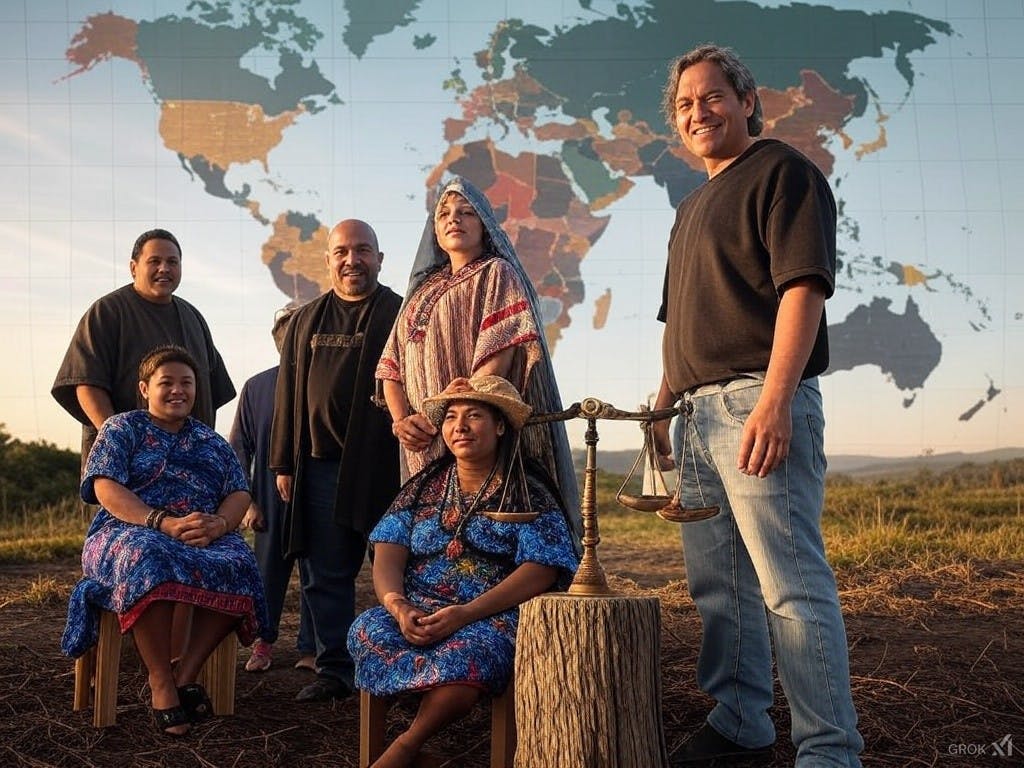
Conclusion: Future prospects for environmental law
The future of environmental law hinges on our ability to adapt and innovate in response to pressing environmental challenges. As climate change continues to threaten ecosystems and human livelihoods, robust legal frameworks will be crucial in protecting our planet.
International cooperation, innovative legal approaches, and active public engagement will be essential in shaping the future of environmental governance. Recognizing the rights of nature, establishing legal personhood, and enhancing accountability mechanisms can pave the way for more effective environmental protection.
Ultimately, understanding why we must protect the environment is fundamental. It is not just about preserving nature for its own sake; it is about ensuring a sustainable future for generations to come. The responsibility lies with all of us—to advocate, to legislate, and to take action for a healthier planet.
17 South Street
Auckland 1010
New Zealand
info@carbonclick.com- -
- X
Sign up. Be inspired. Get clicking.
Subscribe now to stay up to date with CarbonClick, carbon offsetting and climate action.
By signing up you agree to our Privacy Policy.

